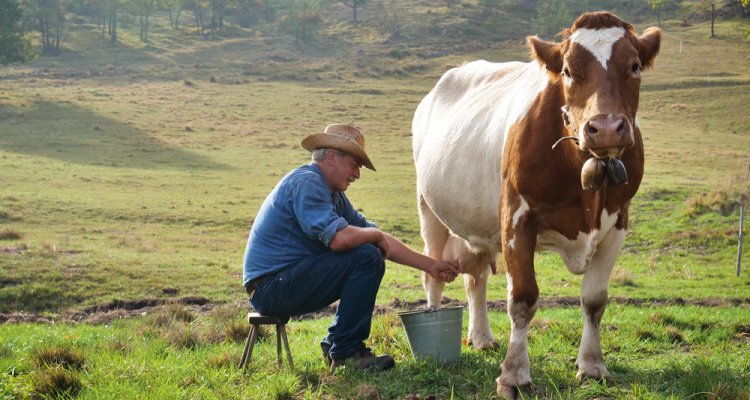
Promotie
Variation in milk fat composition in relation with species characteristics and animal management
Samenvatting
Milk is the main nutrient source for mammals in the early stages of life, with main nutrient components: fat, protein, lactose, microorganisms, and minerals. For infants, human milk is the best diet, as it can provide newborn infants and young children with all essential nutrients needed for growth and development. When breastfeeding is not available, however, infant formula is the best alternative. Milk products are also important in the daily diet of humans, not just infants. In dairy products, milk fat is the main source of energy, and consists of triglycerides (TAG: approximately 98%), diglycerides, monoglycerides, non-esterified fatty acids, glycerophospholipids, sphingolipids and saccharolipids. Fat composition is an important variable to evaluate the quality of dairy products as well as to evaluate the metabolic state of the dairy cows due to its sensitivity to diet, lactation stage, and cow health status.
The aims of this thesis were, (1) to explore the molecular characteristics of lipids in milk of different species and origin and to evaluate the docosahexaenoic acid (DHA) containing dairy products as functional food; (2) to explore if body weight, milk variables and plasma metabolites could classify management strategies a cow is subjected to and the lactation week it is in using machine learning approaches.